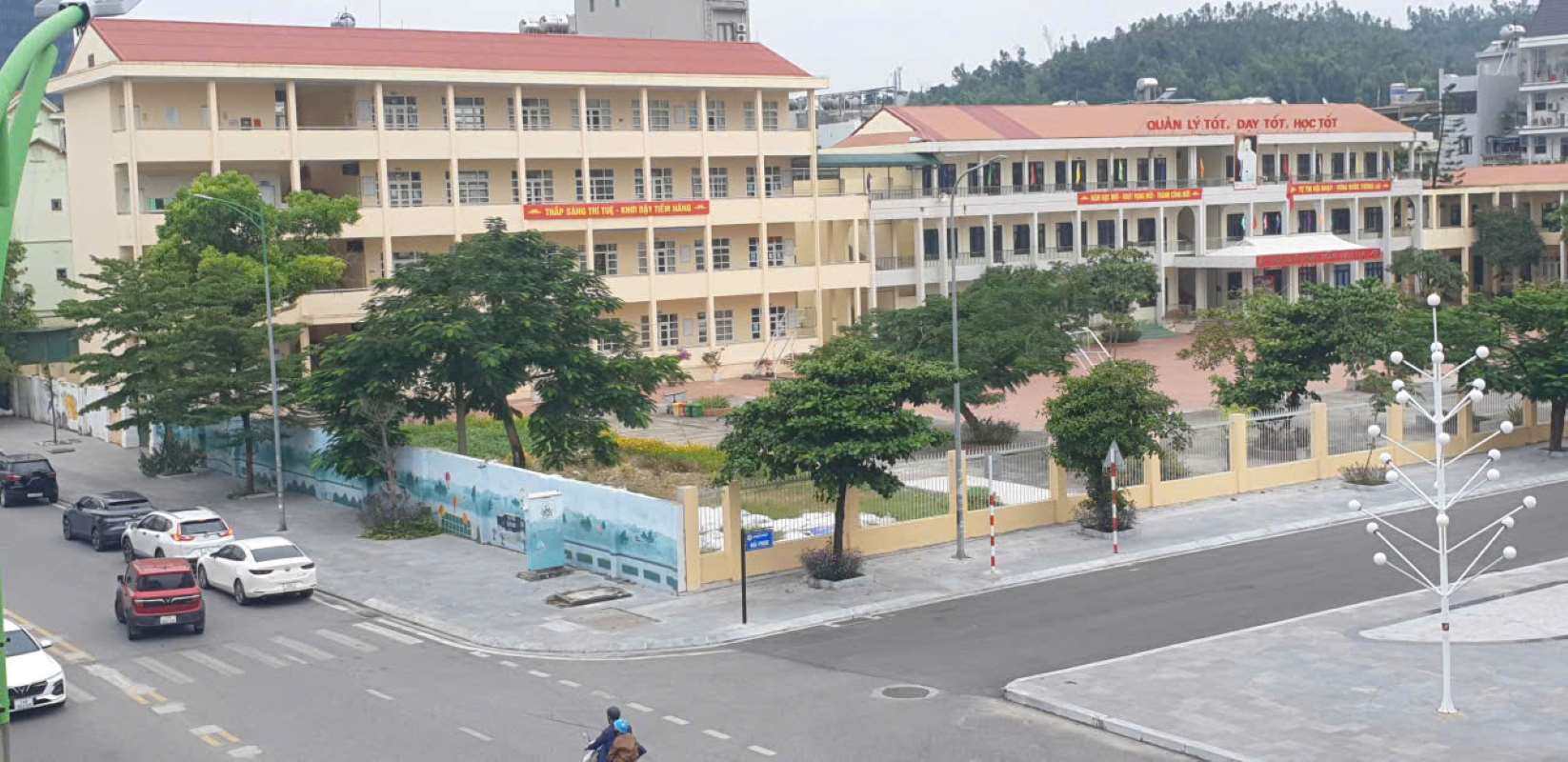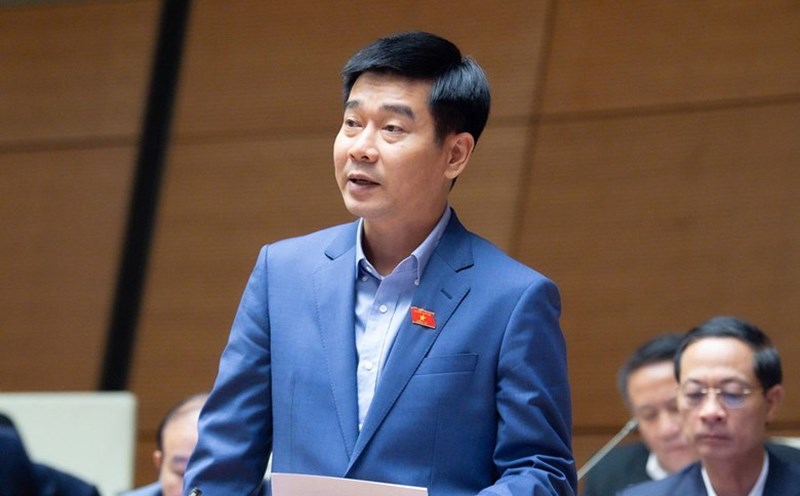Mao Khe ward - the commune-level administrative unit with the largest population in Quang Ninh province, with about 72,000 people - is the last commune-level administrative unit in Quang Ninh to complete the arrangement and merger of public educational institutions.
After the arrangement, from 20 public schools, Mao Khe ward will have only 10 schools, which means reducing 10 principal positions.
In this arrangement, many localities also reduced many principal positions.
Before implementing the merger project, Van Don Special Zone had 30 public educational institutions and after implementing the project, there were only 14 schools, a decrease of 53.33%.
Cam Pha Ward, before the arrangement and merger of public educational institutions, had 16 public schools. According to the arrangement and merger plan, 1 educational institution will remain Chu Van An Secondary School and 1 educational institution will be renamed Cam Trung Primary School to Cam Pha Primary School. The number of educational institutions subject to reorganization has been reduced from 14 schools to 6 schools, while keeping 14 schools to ensure stable teaching and learning. Thus, Cam Pha ward reduced 8 principal positions.

According to the Department of Education and Training of Quang Ninh province, except for Hai Hoa and Cai Chien communes, which do not have educational institutions subject to arrangement due to previous streamlining, up to now, the remaining 52 communes, wards and special zones in the province have completed the arrangement, merger and issued merger decisions, decisions on mobilization and appointment of personnel to lead the management of public educational institutions in the area.
Accordingly, in the commune-level sub- khoi, 520 schools have been arranged into 255 schools, reducing 265 schools, reaching a rate of 51%. In the block under the Department of Education and Training of Quang Ninh province, 15 educational institutions were reduced according to the province's plan.
The streamlining is carefully researched and calculated, ensuring compliance with regulations, in accordance with the actual conditions of each locality, with the core goal of improving the quality of teaching and learning, for the benefit of students.
The merger and rearrangement of public schools and educational institutions does not reduce or affect students' learning compared to before, but only phuders the actual operation of the two-level local government model.
Teaching by teachers, especially students' learning, still occurs normally as before at the current school, without changing classes, teachers, and schedules.
The team of managers after the reorganization is selected based on their capacity, reputation and work efficiency, thereby creating a premise for the education apparatus to operate more effectively and continue to improve the quality of comprehensive education.











